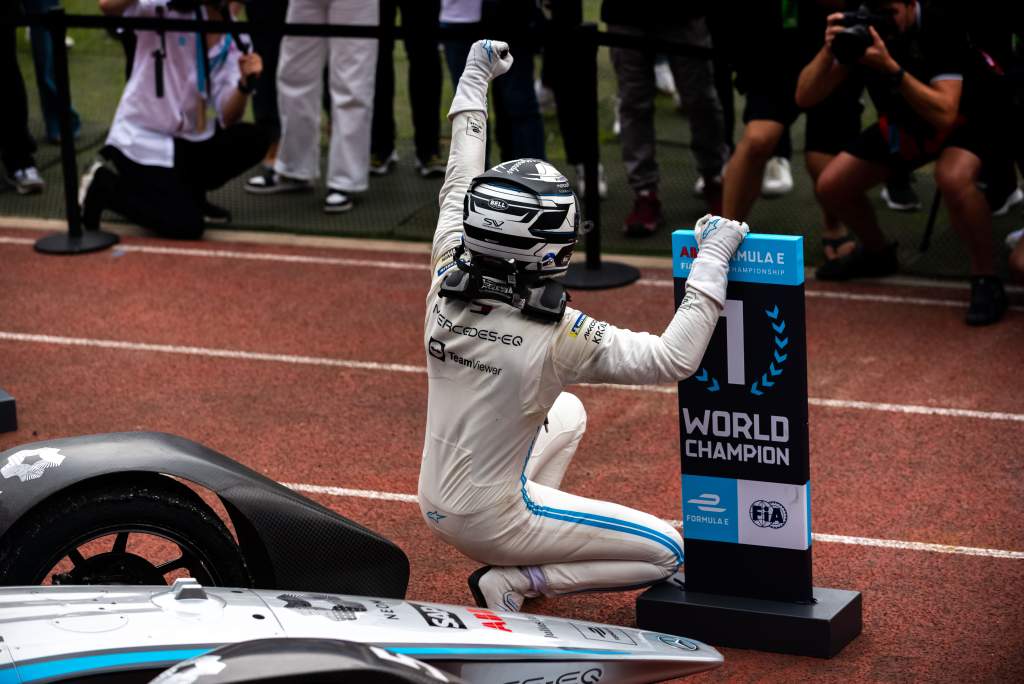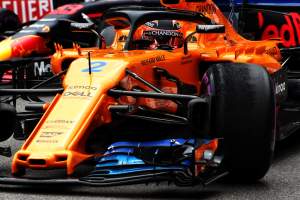Stoffel Vandoorne won’t have spent much time in the mirror admiring his new crown over the last two months.
First of all, he isn’t that sort of person. But more pertinently he’s got his hands full. Focusing on his new challenge of integrating himself into a new challenge that will see him join Jean-Eric Vergne in a new alliance involving DS and Dragon Penske that will be announced later this month.
Along with Antonio Felix da Costa’s move from DS to Porsche, Vandoorne’s switch from Mercedes to DS will be the biggest move in a bumper driver market season which spanned February to the present day.
After a short period of savouring his title success, Vandoorne was back in F1 reserve duty at Spa. Last month he had his first taste of the DS Gen3 test and development car before he will share proper performance runs with Vergne ahead of the official pre-season test at Valencia in December.
Ahead of him are several core challenges to ensure he can put up a suitable defence of his 2022 success.
The change in team culture
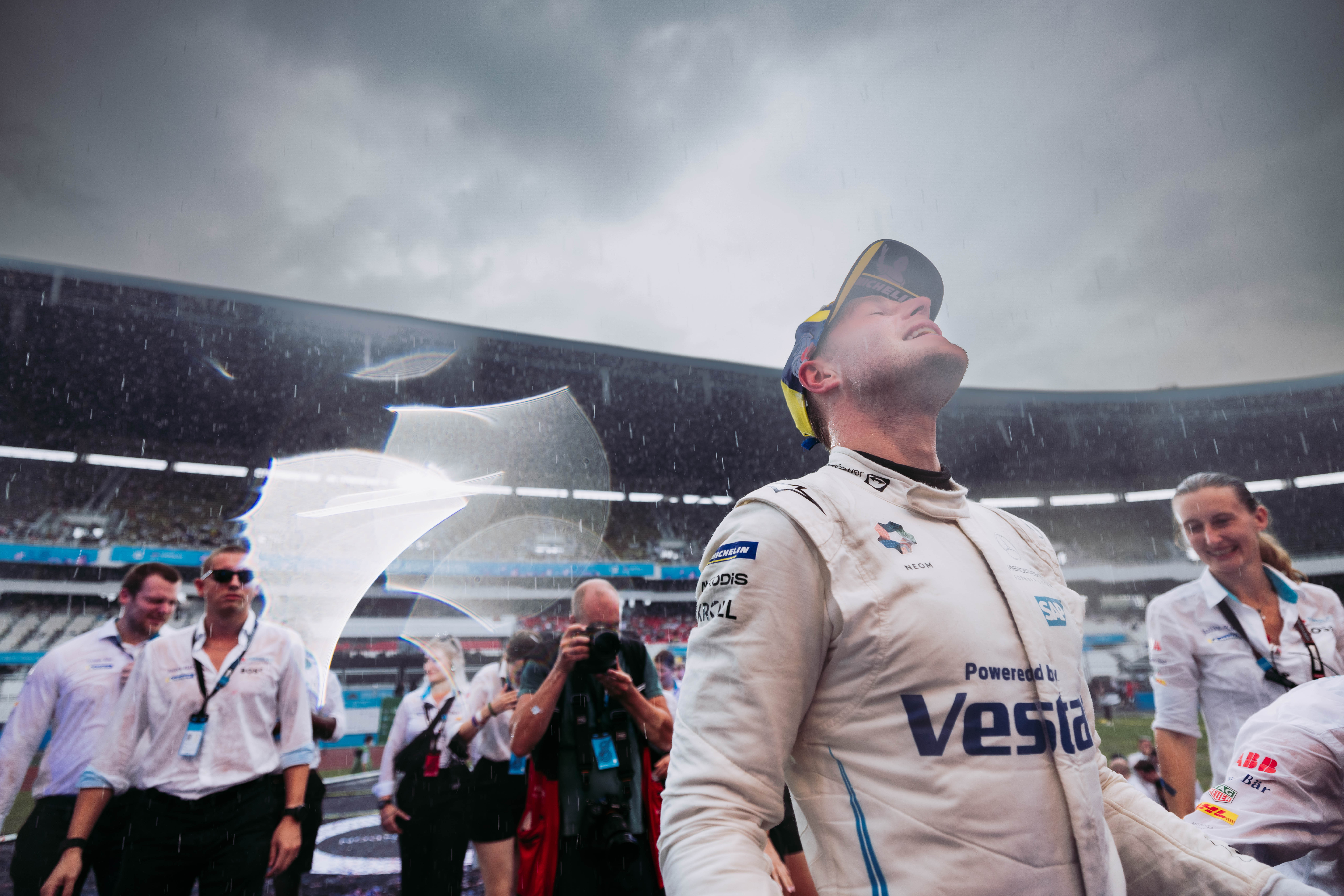
Vandoorne has had a whole year to get his head around the realisation that the Mercedes EQ period of his career will end.
At the tail end of 2021, he was invited to test an IndyCar for McLaren and at that stage, he was still mulling over his future and where it might take him.
The approach from DS came in early 2022 and was concluded in April just prior to the Monaco E-Prix which he won. At that stage, DS’ future relationship with Dragon Penske was believed to be at the MOU (memorandum of understanding) stage but not actually fully signed, and the presumption is that the final details of it are still being nailed down before being presented publicly soon.
The vast majority of Dragon’s engineering staff were being told their services would not be needed for Gen3 in the summer, with the emphasis now on building a workable relationship with Dragon Penske management via the DS Performance engineering cell that has proved to be so successful over the last five seasons.
While DS’ engineering capability is top drawer, it has a markedly different culture to Mercedes EQ, with a split structure in the sense that there’s separate race and test and development units.
The assembly of how the Stellantis-owned manufacturer goes racing is quite complex but has proven to be massively successful with an engineering ethic that is renowned for attention to detail. This was even the case when it raced with an increasingly complex and ultimately disruptive partner in Techeetah, or rather the Chinese sports marketing agency SECA side of it that owned the team.
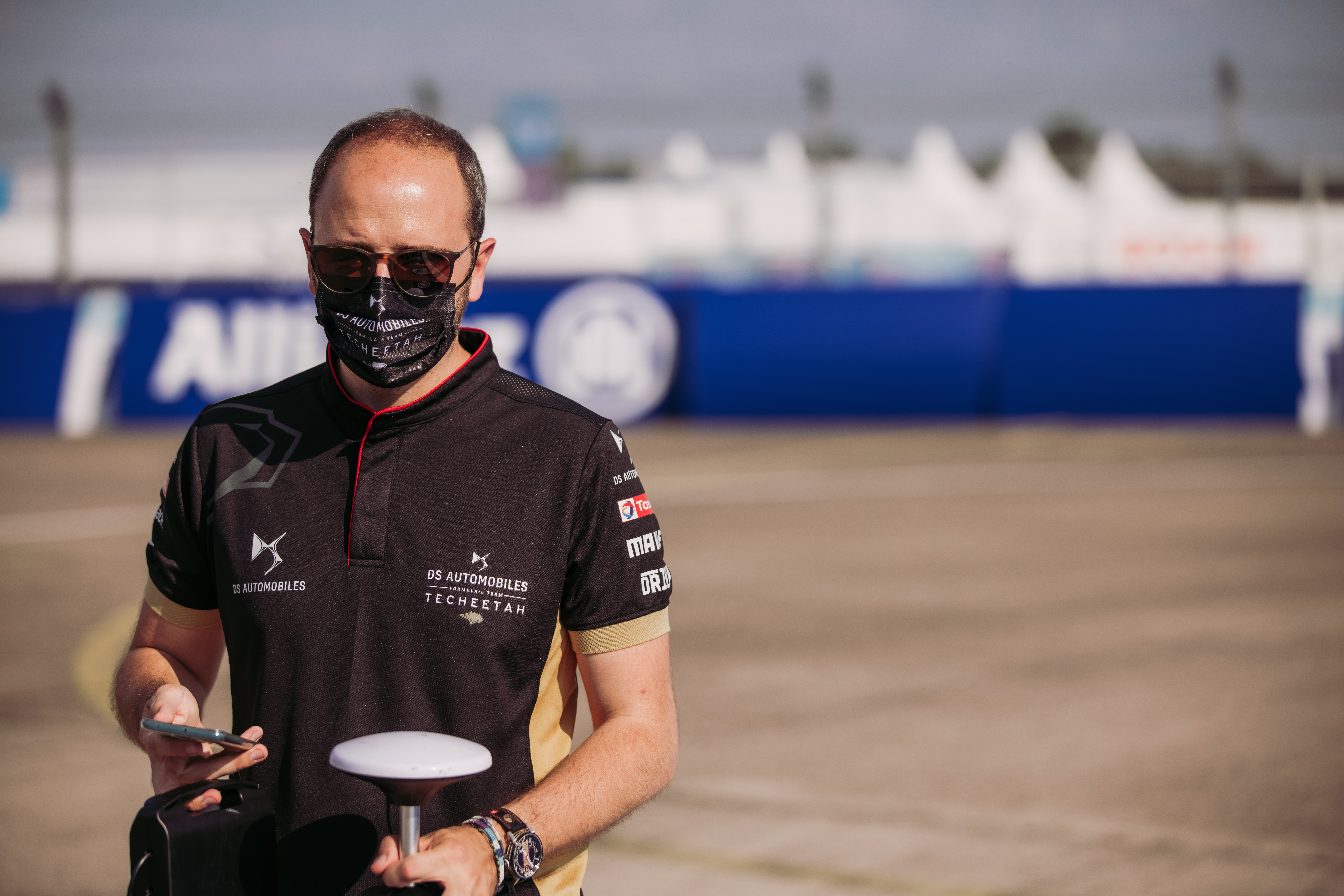
Racing director Leo Thomas (above) was employed by Techeetah rather than DS Performance but has moved across to the new alliance. This is crucial.
Thomas was the de facto leader of the DS Techeetah engineering group, but at the track, that group was primarily Techeetah personnel with a smattering of DS Performance engineers.
The test and development team at DS is completely separate and is made up entirely of DS Performance employees.
Thomas Gomis effectively replaced Thomas Chevaucher when he was promoted to DS Performance director and DS Techeetah team principal at the end of 2021. That was when he replaced the FIA-bound Xavier Mestelan-Pinon as technical director.
But unlike Chevaucher, Gomis doesn’t attend the races, therefore the outright senior DS engineering employee at the track was Adrien Siegfried, a former vehicle dynamics specialist who worked on the Citroen World Touring Car Championship and World Rally Championship projects.
Guillaume Argy, who used to be Antonio Felix da Costa’s performance engineer up until 2021, was one of the first faces Vandoorne saw at the track during the first Gen3 test earlier this month.
Ironically at the Gen3 tests last month, James Rossiter conducted some of the testing as he has for several seasons in a role that went on to encompass sporting matters after Pedro de la Rosa left in 2019.
Rossiter featured prominently in a recent The Race feature that looked at potential team principals that could be considered by Stellantis’ additional presence in the Formula E paddock – Maserati. Rossiter is considered to be among the favourites to take up that position for the Gen3 era.
The key questions for Vandoorne now and indeed the whole newly moulded operation will be if the efficiency of this structure can be carried over with as little disruption as possible and be able to gel with the small amount of Dragon Penske employees.
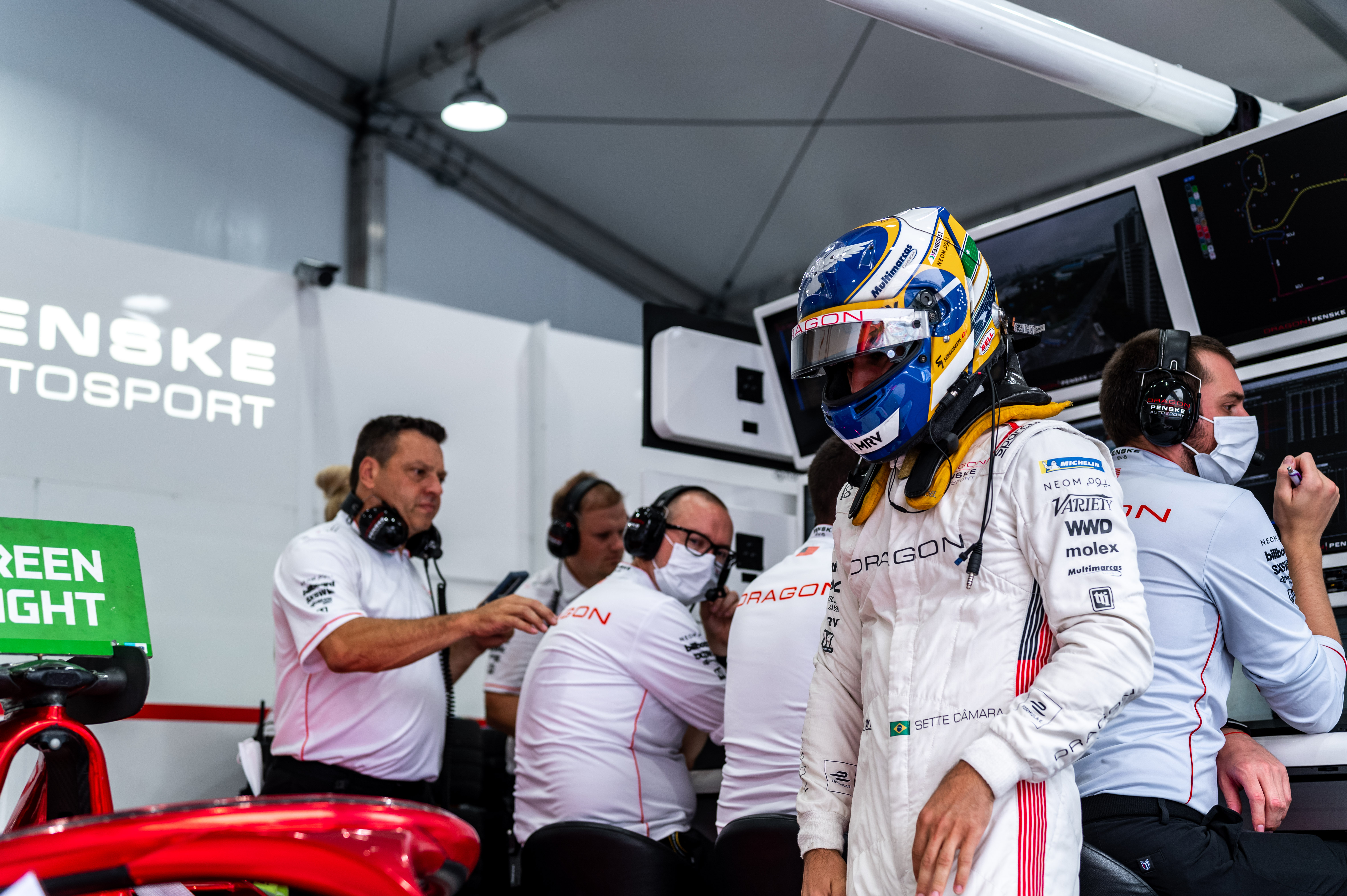
A lot of the detail in that answer will depend upon how much or how little influence the Dragon Penske side of the equation has in the working practices of the new squad. At the time of writing, it appears that only a few Dragon Penske operational staff and senior management will be directly involved in the team at races, one of these will be Nicolas Mauduit the chief technical officer there. The Race understands that he is expected to take some form of understudy role to team principal Chevaucher.
It is believed that these topics have been considerable talking points between the parties as they form their nascent relationship. If you asked any paddock observer which two polar opposite philosophies existed in the paddock on how a team works and functions then DS and Dragon Penske would be among the prime and most baffling choices to partner up.
Therefore the surprise in DS and Dragon Penske’s hook-up was almost audible when news of the probable matrimony started to break at last season’s Diriyah E-Prix.
DS has essentially been forced to look at alternative partners for Gen3 because its 2018-2022 team, Techeetah, has gone through a long and drawn-out period of uncertainty via its owners and investors, SECA.
All of this is BV (Before Vandoorne) and hence there was a risk factor in him putting pen to paper for his Gen3 programme so early. But sign he did.
At the same time, DS is a proven winning machine, although it still remains unclear if it can be as potent with another partner, especially one in Dragon Penske that has ground its way through some, put as politely as possible, very lean years recently.
One saving grace should be the capture of experienced team manager Nigel Beresford. He knows the Dragon Penske side of things after being the key to unpicking the lock of forming the squad in 2014 and was then central to its most successful seasons in 2014-15 and 2016-17.
Bafflingly he was let go by the team in March 2018 before joining DS Techeetah a year later. If he and others are able to operate as he has done in recent seasons then operationally Vandoorne can have extra confidence as he embarks upon his new venture.
Entering the Complex World of JEV
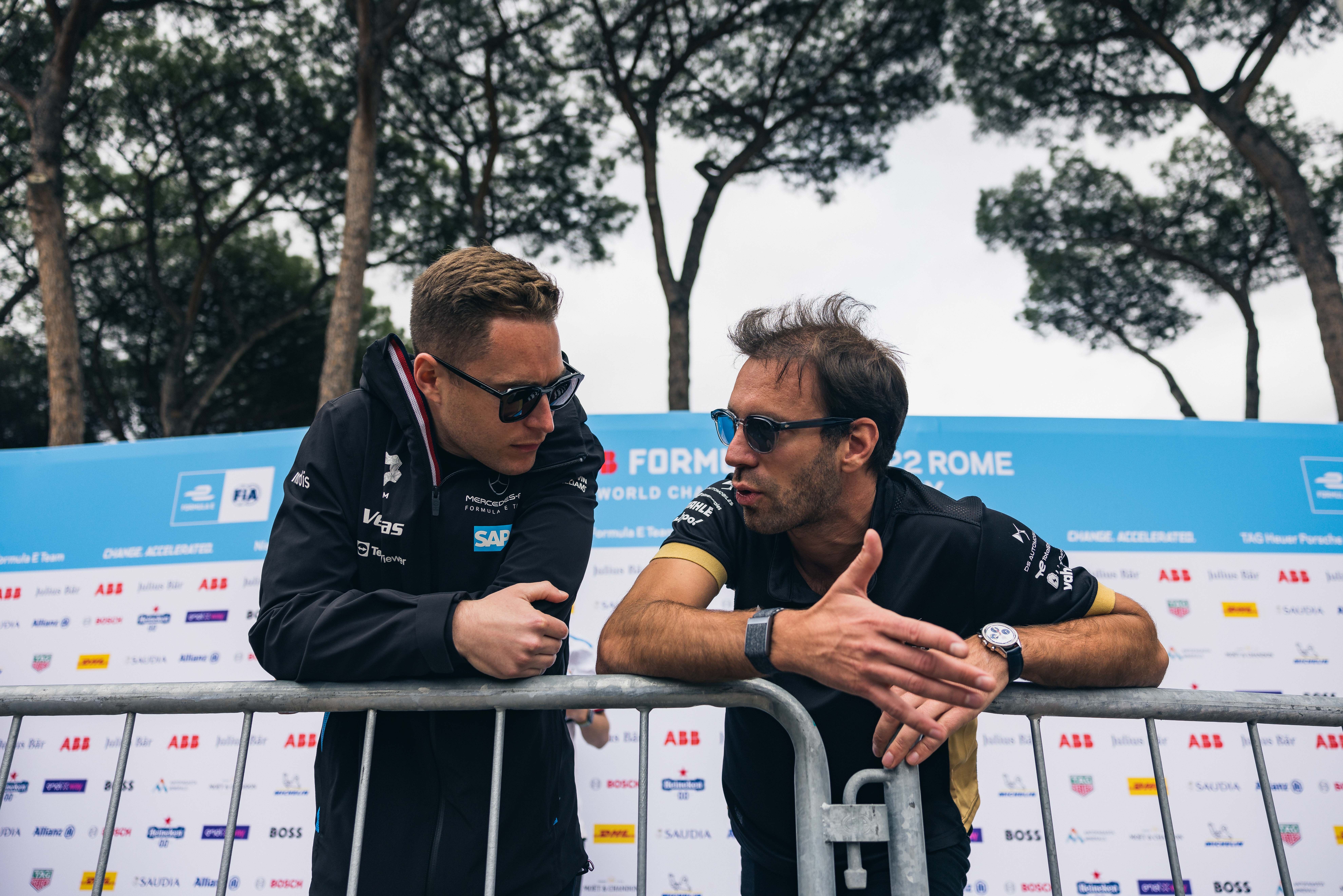
Is being a team-mate to Jean-Eric Vergne a bit of an emotional rollercoaster?
Only a few really know and finding some consistency via previous case studies it is surprisingly difficult to find a particular trend.
What we do know is that Vergne is as hard on himself as he is often on the team around him, and for that, he has the respect of the decision-makers within top organisations such as DS.
Sam Bird’s time with him at DS Virgin in 2015/16 was fractious and included a heated exchange at the Paris E-Prix that season, although the two buried the hatchet long ago and get on well now.
Then came Andre Lotterer, a driver who was initially perplexed by Formula E but then made it work for him to the extent that in his fourth race he pushed (literally) his team-mate to Formula E’s first ever 1-2 finish in Santiago.
The pair became firm friends and still are after Lotterer left the DS Techeetah team at the end of the 2018-19 season for Porsche.
Enter Antonio Felix da Costa. This was a tasty one because da Costa’s image and reputation were that of a mighty competitor on track but a bit of a pussycat off it.
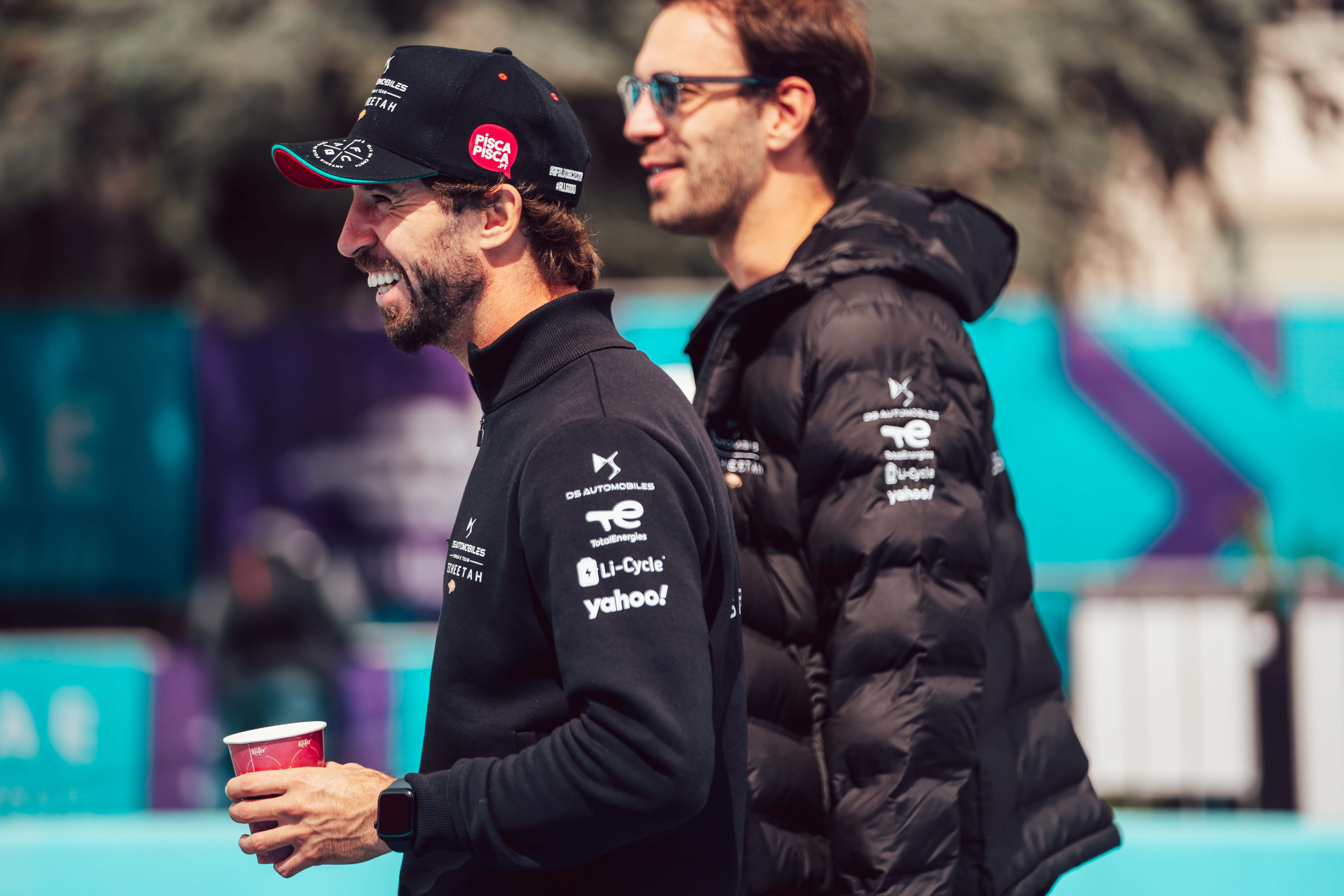
That last theory always had elements of underestimation to it because the happy, go-lucky surfer dude, when he wants to be, can be just as tough as any single and bloody minded driver on the grid.
In the Covid-hit 2019-20 season, da Costa took the title at his first attempt with DS Techeetah, and although it was caveated by the pandemic he was still clearly the class of the field and fully deserved the title.
Vergne and da Costa had a very different relationship to those that had gone before at the team.
It started quite cosily and while there was never all-out hostility that some had forecast, there was always a certain frisson between them, something almost undefinable and edgy. Occasionally it flared up on the track and sometimes at the post-race debriefs.
These are two intelligent racers though and they knew that any all-out wars, which probably would have occurred earlier in their careers, were going to be self-defeating in the end. That is why publicly there was an air of togetherness.
Vergne’s occasional philosophical moodiness has dissipated over the years but it is still there, still occasionally nibbling away at him. Da Costa meanwhile is much more than just a smiling assassin and he too could be demanding, but both of these traits were usually used, whether deliberately or not, to drive the other on.
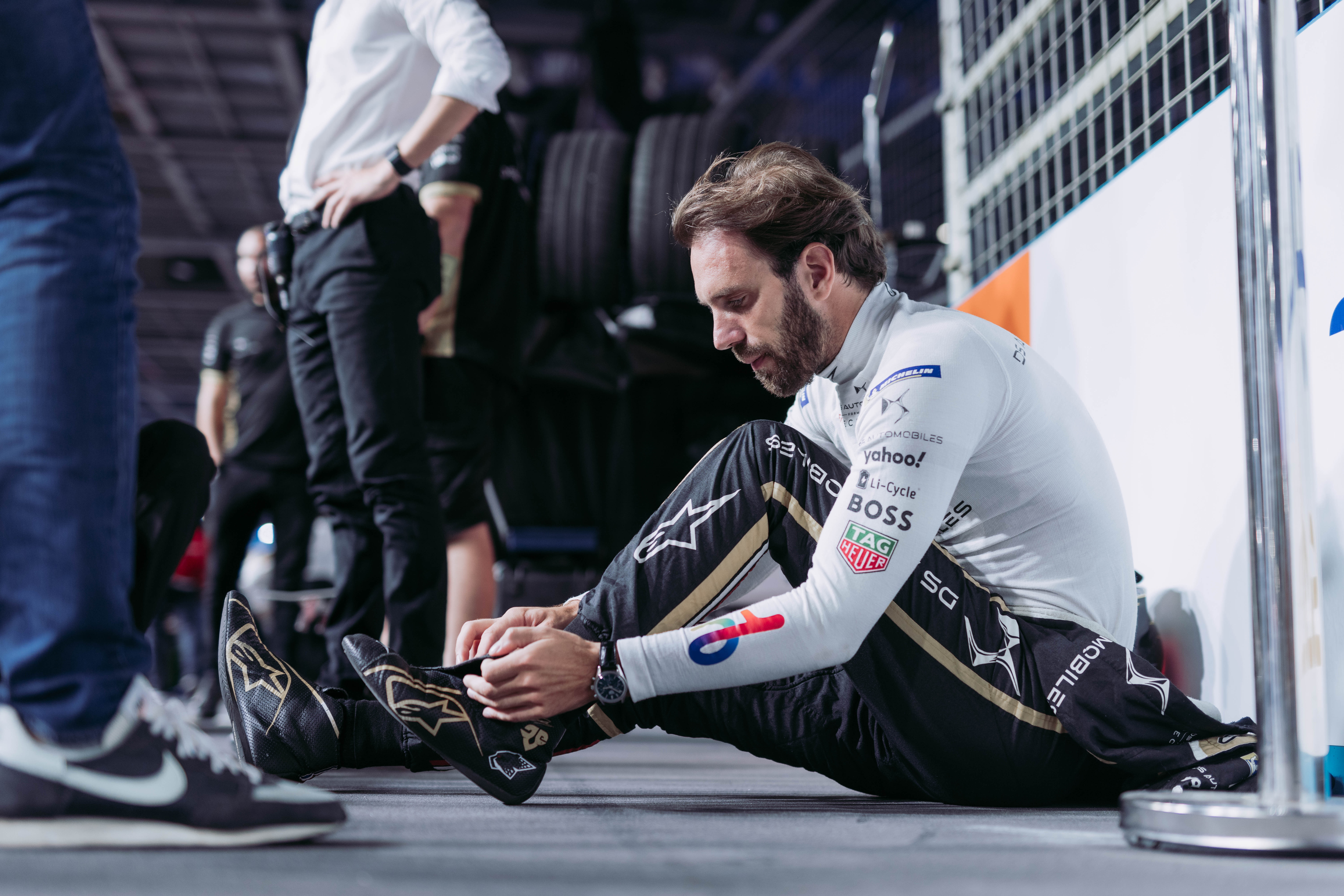
These are fascinating dynamics to observe and no doubt to some extent Vandoorne has done it too in recent races knowing he will leap into Vergne’s enclosure soon.
How will it play out for the reigning champion Vandoorne? A driver who no doubt learned a multitude of games and cod-psychology from his time as Fernando Alonso’s team-mate in F1.
In the Mercedes EQ machine, he was an ultra-professional. Engaging and thoughtful, he has a racing intellect way beyond the norm now.
He had pretty much zero track interaction with former team-mate de Vries, and even when a potential flashpoint arose at the ExCeL Arena after de Vries refused to give away his podium position for an extra bonus marginal title lead gain for Vandoorne, this was handled very privately and very calmly.
Vandoorne was believed to have pretty much shrugged it off to concentrate on what he could influence in his title quest rather than what someone else could. It worked.
That kind of mentality is something that will help him in his new challenge and ultimately in how handles a wily and effective team-mate like Vergne.
Making his single programme status really count
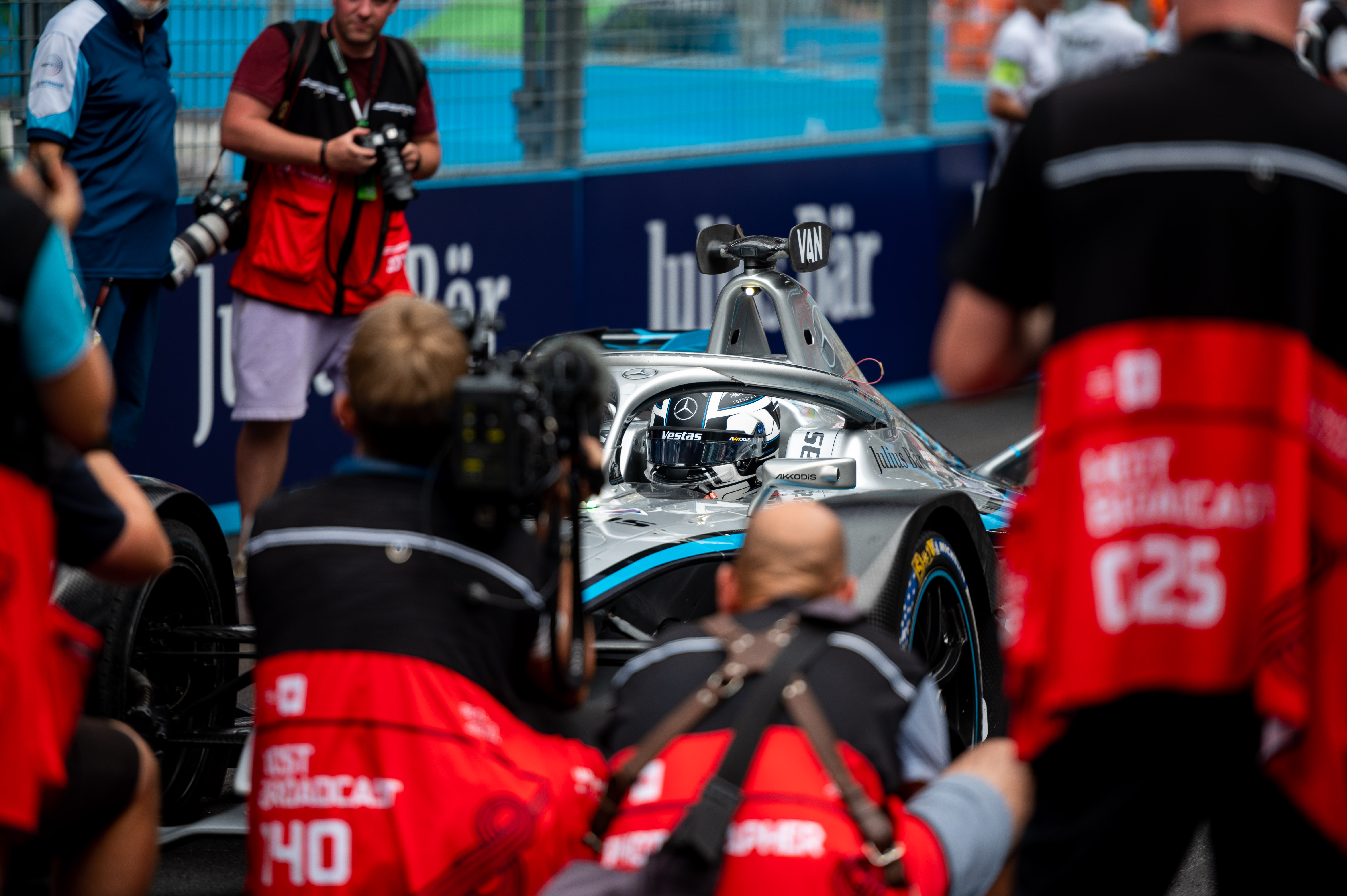
Vandoorne joined DS knowing that any notion of a potential Hypercar seat with sister Stellantis brand Peugeot was not on the table for 2023 at least.
Stellantis Motorsport gaffer Jean-Marc Finot has been clear since the advent of the project that both Formula E drivers completing duel programmes was not a possibility.
While that looks like sound judgement Vandoorne will naturally be interested in the project should he get the upper hand on Vergne and expand his horizons to Le Mans once the Peugeot Hypercar plans have matured.
Vergne showed a few worrying traits of fatigue last summer just at the crucial point of the Peugeot’s debut at Monza which came betwixt the Marrakesh and New York City E-Prixs. That was when Vergne’s slump began and some within his team acknowledged that he seemed distracted by his schedule at just the wrong time.
The WEC calendar is set to be confirmed very shortly and the anticipation is that it will be expanded by at least one race for 2023.
That could make the April, May and June periods remarkably congested for Vergne as he juggles both programmes. Throw in a new rules set with Gen3 and you have a need for focus and dedication above and beyond what has gone before.
Vergne is more than capable of executing those demands but he will need to dig deep and also deal with clashes, potentially around the Sebring and Le Mans test days.
For Vandoorne it could prove to be an advantage, however small, and it will be one he will be eyeing to exploit at the earliest opportunity possible.


